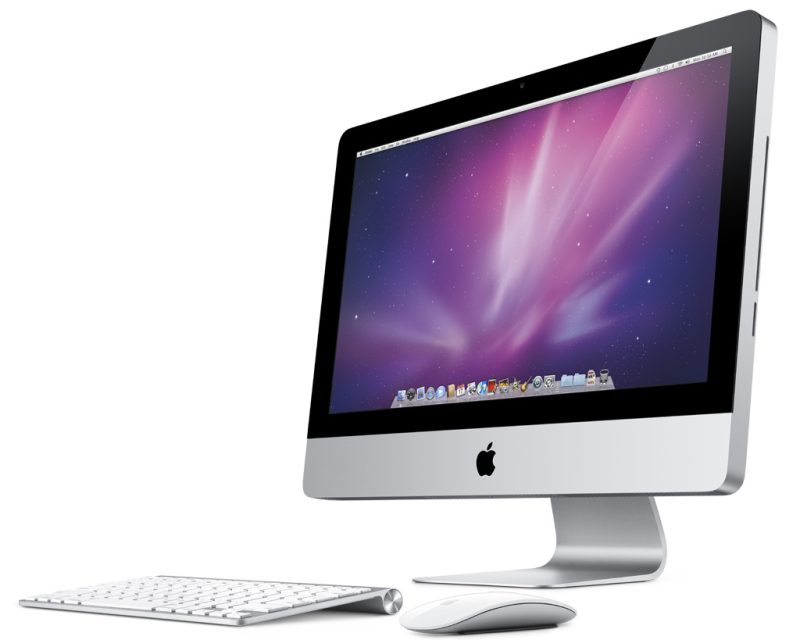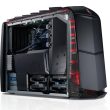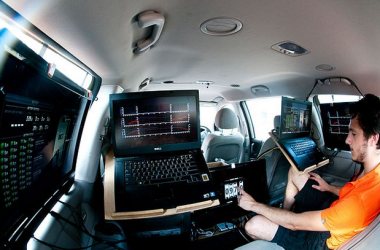Mac users and people who have been thinking about buying a Mac will probably know that experts consider Macs more secure than PCs. There are several reasons for this, including that malware and virus writers are less likely to target Macs, because they consider the market to be smaller. In addition, Macs are Unix-based, and Unix has a number of built-in security features that help to protect your Mac. Apple also includes several security features to stop attacks on the Mac system. For example, Gatekeeper blocks software that hasn’t been digitally signed and approved by Apple. But just because Macs are more secure than PCs, it doesn’t mean that they’re completely immune from viruses, malware, trojans and other malicious items. Mac owners should still take precautions to protect their computer. Follow the steps below to keep their Macs clean.
Make Sure Your System is Up to Date
One of the ways you can protect your Mac is by making sure that your operating system is up to date. It’s important to install any system updates as soon as you can to fix any vulnerabilities. For example, if you are running OS X Mavericks, you need to update to update to OS X 10.9.2 to fix the gotofail bug and 32 other vulnerabilities in the operating system. Some examples of the vulnerabilities that needed to be fixed included several in Quicktime. There were also some that would bypass sandboxing, which restricts apps from access data in other apps.
You can check to see if your system is up to date by clicking the Apple logo in the top left of the menu bar. Click “About This Mac” to see which version of the operating system you’re running, and go to the Mac App Store if it’s less than 10.9.2. Click the “Updates” tab to search for updates. Then click “Update” and restart your computer once you have downloaded the update.
Turn On Your Firewall
Another way to protect your Mac is to make sure your Mac Firewall is turned on. A firewall will protect your Mac from unwanted connections from the internet or other computers on the network you’re using. To check that your firewall is on, open System Preferences and select the “Security & Privacy” option. Check the Firewall tab to make sure it says “Firewall: On.” If it’s off, simply click “Turn On Firewall”.
Install Antivirus Software
There is some debate about whether Macs need additional antivirus or antimalware software. However, if you feel safer with the extra protection, there are several options. Some examples include Sophos Anti-Virus or iAntivirus by Norton. Many antivirus programs such as Mackeeper cost money, but you can also find freeware that will do some of the same tasks. Look for software that lets you scan your Mac at any time.
Don’t assume that your Mac is always safe from malicious material and security threats because it’s safer than a PC. You should still think about how you need to protect your computer from security threats.









